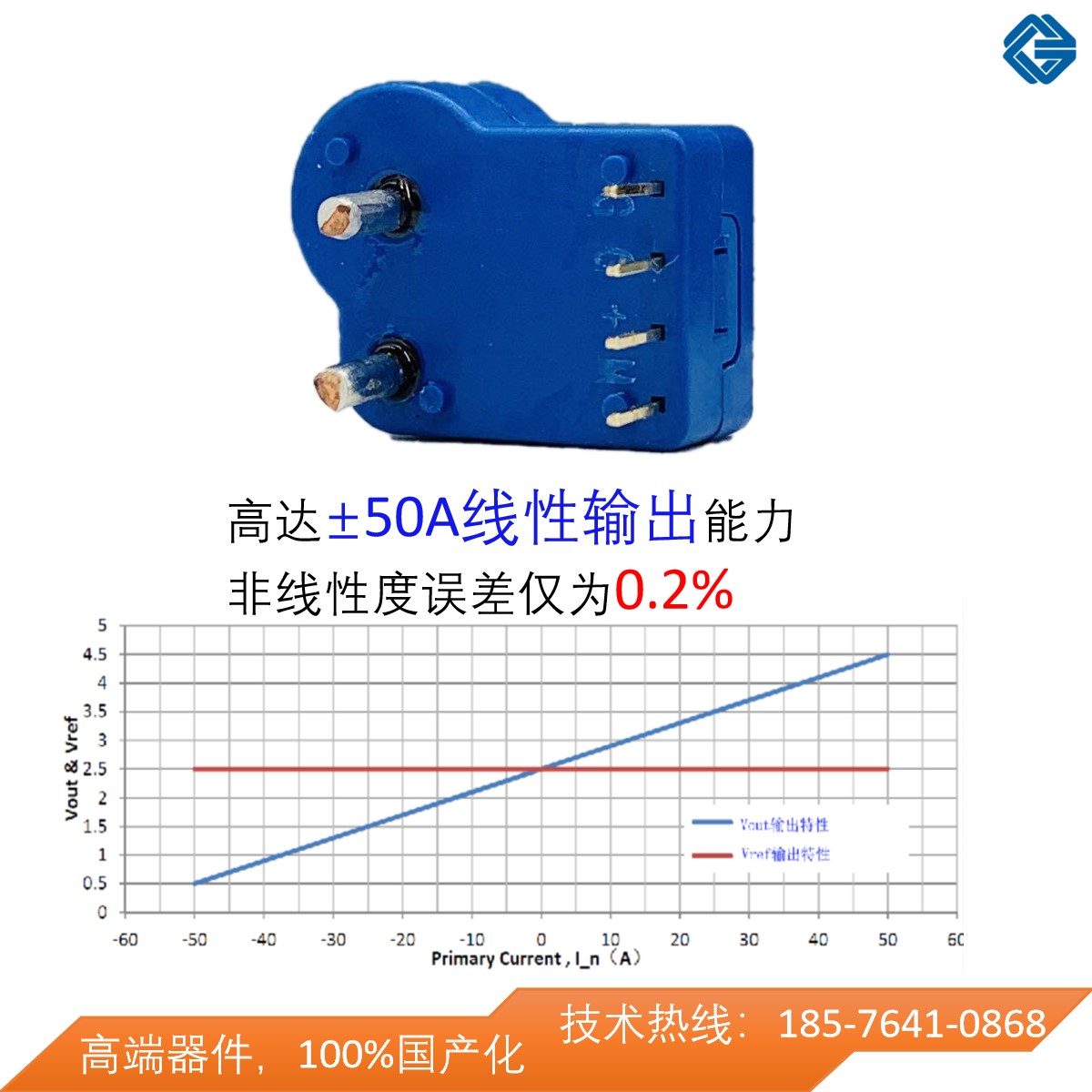Principle of Hall Current Sensor - Weikewei
What is a Hall current sensor?
Hall current sensors, also commonly known as current transformers or current transformers, are devices that measure the current flowing through a wire by using a magnetic field to detect the current and generate a proportional output.Principle of Hall current sensorWhat is it? They are used together with AC and DC currents. Current sensors enable us to passively measure current without interrupting the circuit in any way. They are placed around the conductor we want to measure.
Current transformers are essential in many applications. For example, they are commonly used for sub metering to determine the energy usage of independent tenants. They can also assist facility regulation by providing information on energy usage and timing to reduce costs and improve efficiency.

How does a current sensor work?
When current flows through a conductor, it generates a proportional magnetic field around the conductor. Current transformers use this magnetic field to measure current. If CT is designed to measure AC current, induction technology is usually used. Alternating current changes the potential, causing the magnetic field to continuously collapse and expand. In an AC current sensor, the wire is wound around the core. The magnetic field generated by the current through the conductor induces a proportional current or voltage in the wire inside the current sensor. Then the sensor outputs a certain voltage or current, which can be read and converted into the amount of current flowing through the conductor by the instrument connected to the sensor. For example, when the current through the conductor is 400A, there can be a current transformer that outputs 333mV (333mV is the common output of CT). Once you configure the instrument to read 400A when receiving a 333mV input, it will be able to calculate the amperage flowing through the conductor based on the received input. The working principle of DC current sensors is similar, but the products that rely on Hall effect technology to work are霍尔电流传感器.
Current transformers can increase, decrease, or maintain a constant current. Sensors that boost or buck current are usually referred to as transformers.传感器Usually composed of two coils. The coil through which current flows is called the primary winding, and the coil that induces voltage is called the secondary winding. For many current transformers we sell on vicorv.com, the conductor of the CT is installed as the primary winding, and the secondary winding is located inside the transformer. The magnetic core wound around the secondary winding depends on the design and processing method of the sensor. The turns ratio of a transformer is the number of turns of the secondary winding divided by the number of turns of the primary winding. This ratio determines whether the transformer increases or decreases the voltage. The ratio of secondary voltage to primary voltage is equal to the turns ratio, as shown in the equation. Therefore, when the number of turns on the secondary winding is greater than the number of turns on the primary winding, the voltage on the secondary winding is higher and it is a step-up transformer. Current is the opposite, the ratio of secondary current to primary current is equal to the reciprocal of the turns ratio